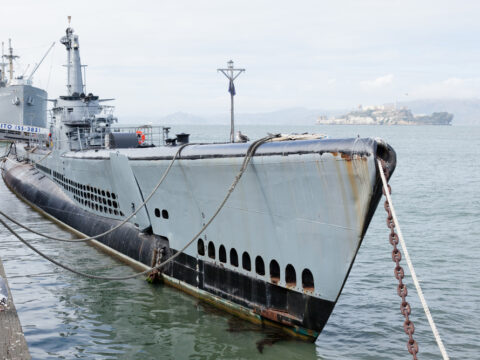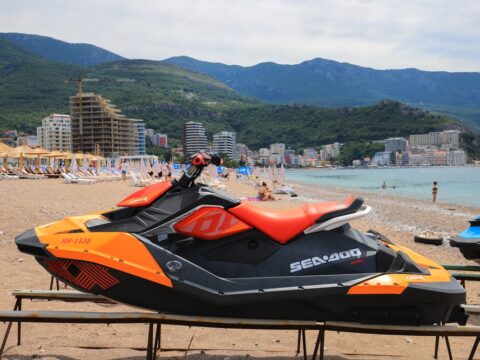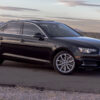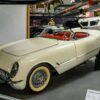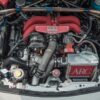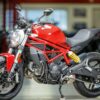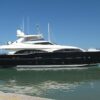Motorcycles have always held a special place in the hearts of riders, offering freedom, adventure, and a sense of rebellion. Over the years, many iconic models have come and gone, leaving behind lasting memories and stories. In this article, we take a look at 25 famous motorcycle models that have been phased out, but continue to hold a special place in motorcycle history. These bikes may no longer be in production, but their legacy lives on.
Contents
Harley-Davidson XR1200
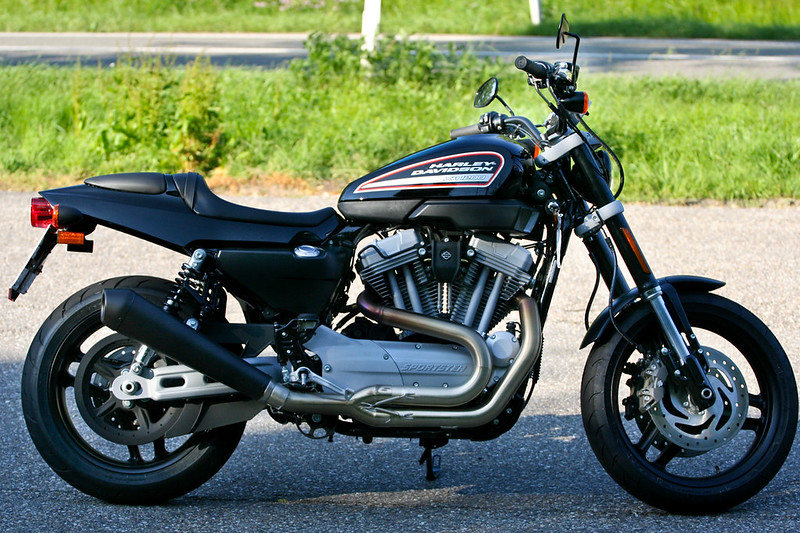
The Harley-Davidson XR1200 was a unique blend of modern engineering and retro flat-track racing heritage. Introduced in 2008, it was inspired by the legendary XR750, a bike that dominated flat-track racing. Powered by a 1200cc V-twin engine, it was known for its torque and aggressive styling. Despite its cult following, the XR1200 was discontinued due to low sales, but it remains a favorite among Harley enthusiasts who appreciated its sporty handling and racing roots.
Honda CBX 1000
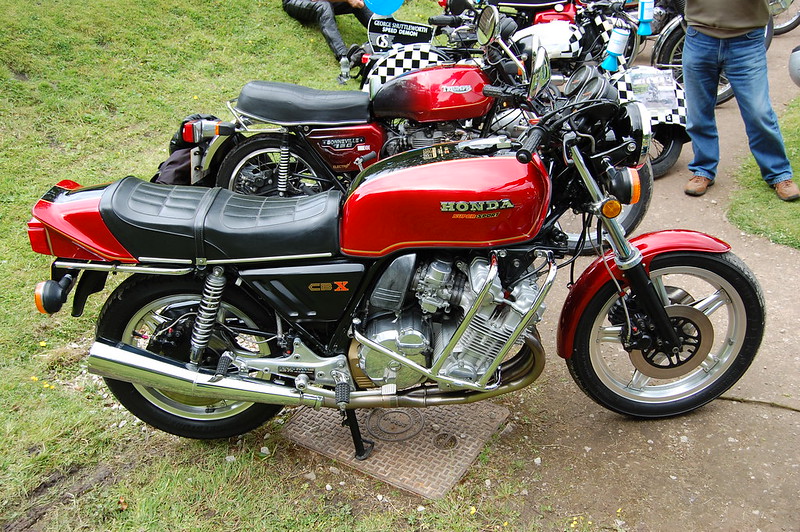
The Honda CBX 1000, released in 1978, was famed for its groundbreaking inline-six engine that produced a thrilling 105 horsepower. This high-performance machine was ahead of its time, offering an unmatched combination of speed and engineering sophistication. Its engine design was visually stunning, but the complexity and high cost led to its eventual phase-out by 1982. The CBX 1000 is still revered as one of the most audacious motorcycles Honda ever built.
Yamaha YZF-R6
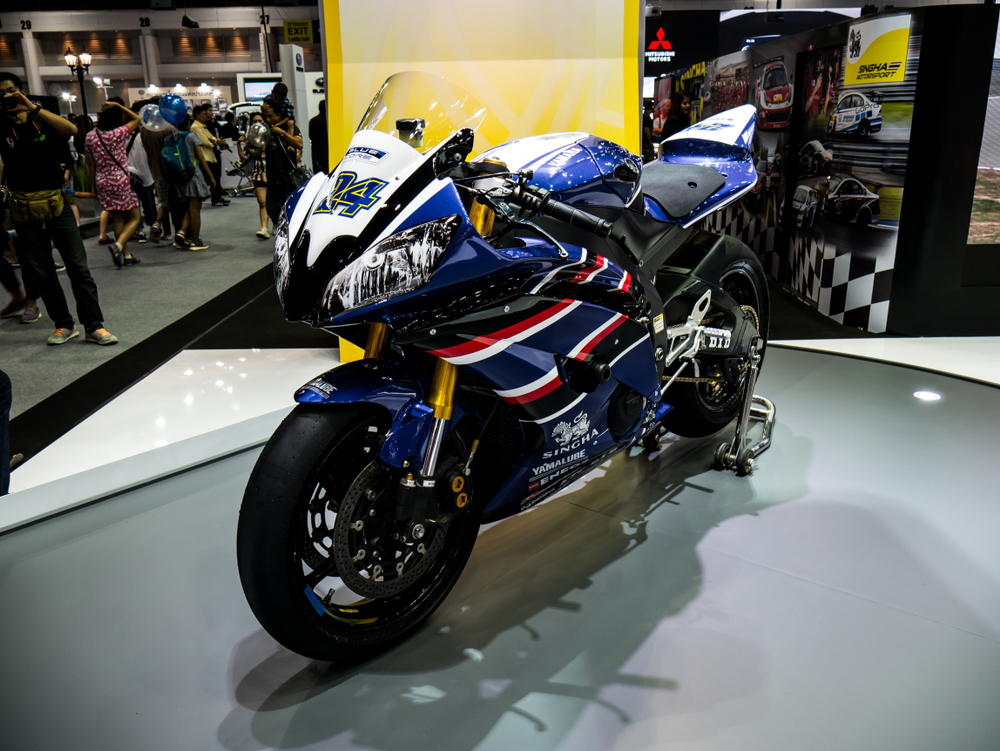
A legend in the world of supersport motorcycles, the Yamaha YZF-R6 was renowned for its razor-sharp handling and screaming 599cc inline-four engine. Launched in 1999, it became a dominant force on racetracks worldwide. Yamaha discontinued the R6 in 2020 due to tightening emissions regulations, focusing on the R6 Race version for track use only. Its legacy as a go-to choice for speed enthusiasts continues, even though it’s no longer available for the road.
Kawasaki ZX-11 (Ninja ZX-11)
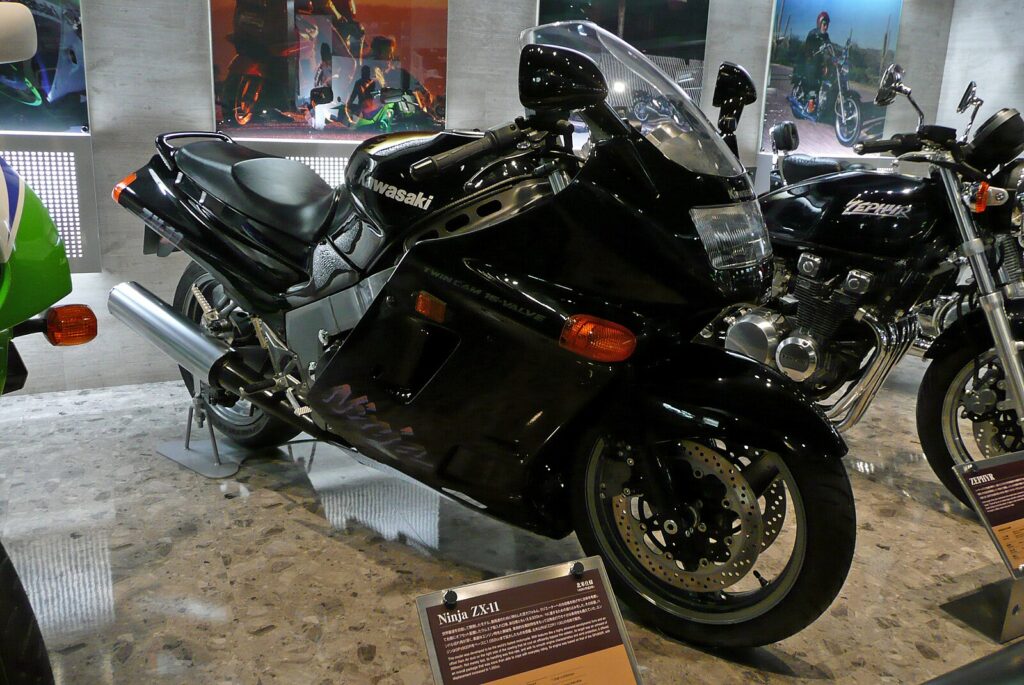
The Kawasaki ZX-11, also known as the Ninja ZX-11, was once the world’s fastest production motorcycle, holding the top speed crown for six years after its 1990 release. Its 1052cc engine pushed it to speeds over 175 mph, making it a landmark in the sportbike segment. Phased out in favor of the ZX-12R, the ZX-11 remains an icon of 1990s motorcycle engineering, blending power and long-distance comfort.
Suzuki GSX-R750
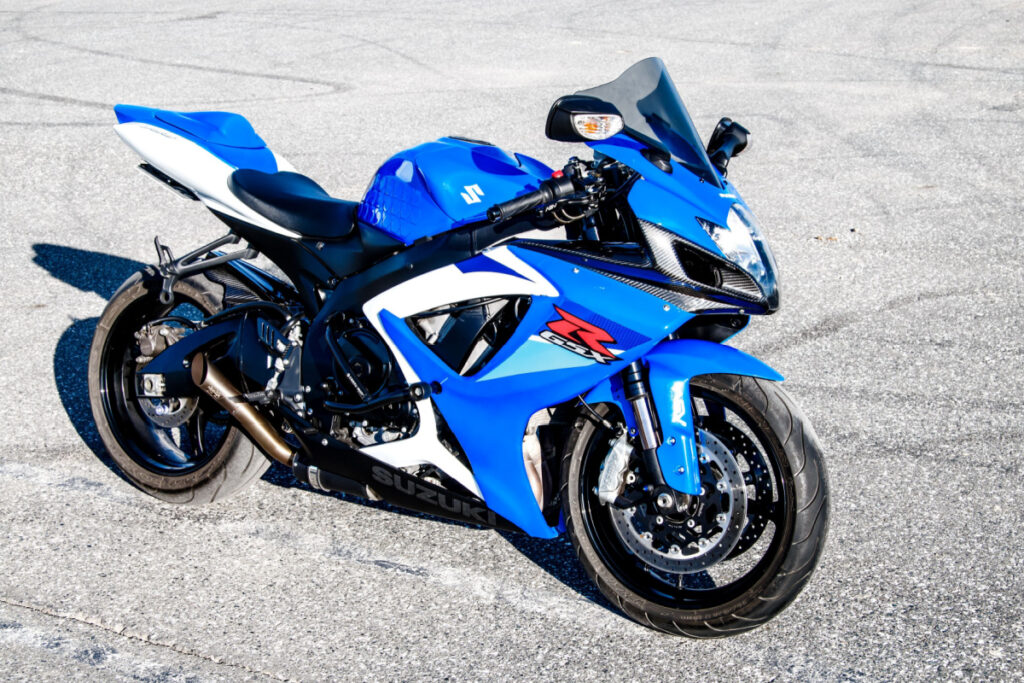
First introduced in 1985, the Suzuki GSX-R750 revolutionized the sportbike scene with its lightweight frame and powerful 750cc engine. It offered race-ready performance in a street-legal package, inspiring countless riders and influencing motorcycle design for decades. Despite its legendary status, shifting market demands toward larger displacement bikes eventually led to its discontinuation in some regions, although it remains a classic.
Ducati 748
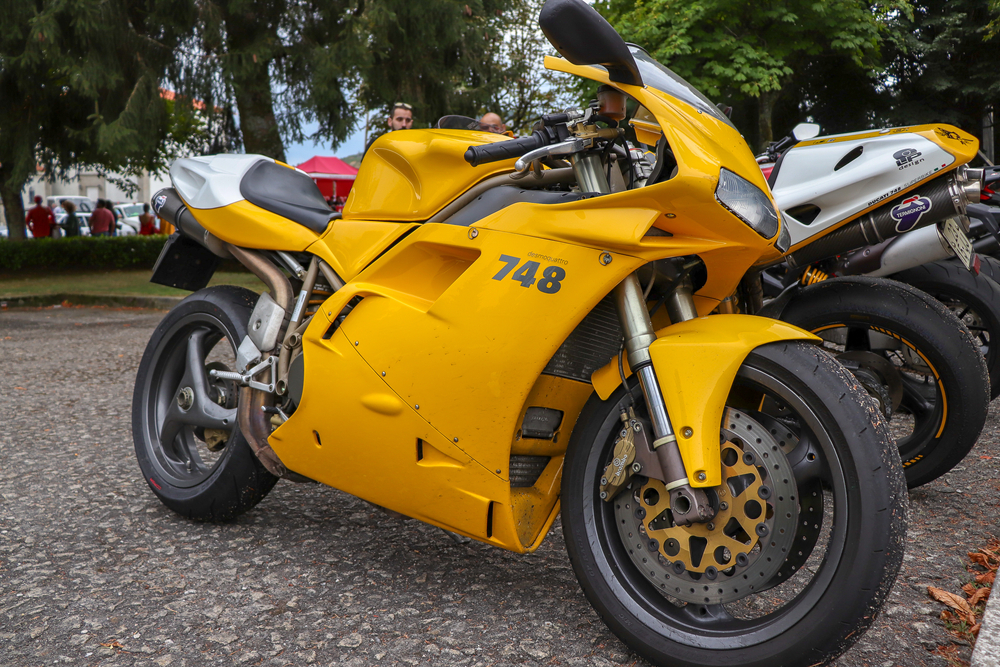
Ducati’s 748 was a middleweight superbike that mirrored the legendary 916 but offered a smaller, more accessible 748cc engine. Released in 1994, it combined Ducati’s signature trellis frame, desmodromic valves, and breathtaking styling. The 748 became a fan favorite, especially in racing circuits, but was replaced by the Ducati 749 in 2003, marking the end of a beloved era for Ducati’s mid-range superbikes.
Triumph Daytona 675
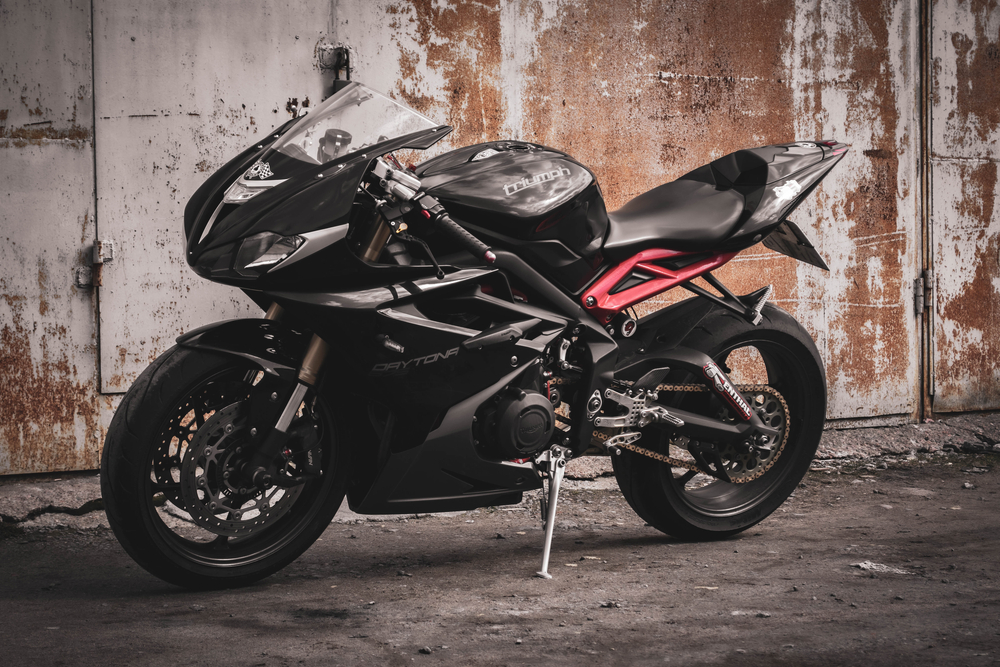
The Triumph Daytona 675 was a standout in the middleweight sportbike category when it debuted in 2006. Powered by a 675cc inline-triple engine, it offered a perfect balance of torque, power, and handling. Known for its distinctive sound and sharp cornering abilities, the Daytona 675 was discontinued in 2018 due to stricter emissions standards and shifting consumer focus. Its performance and design still resonate with enthusiasts who miss its presence on the market.
Buell Lightning XB12S
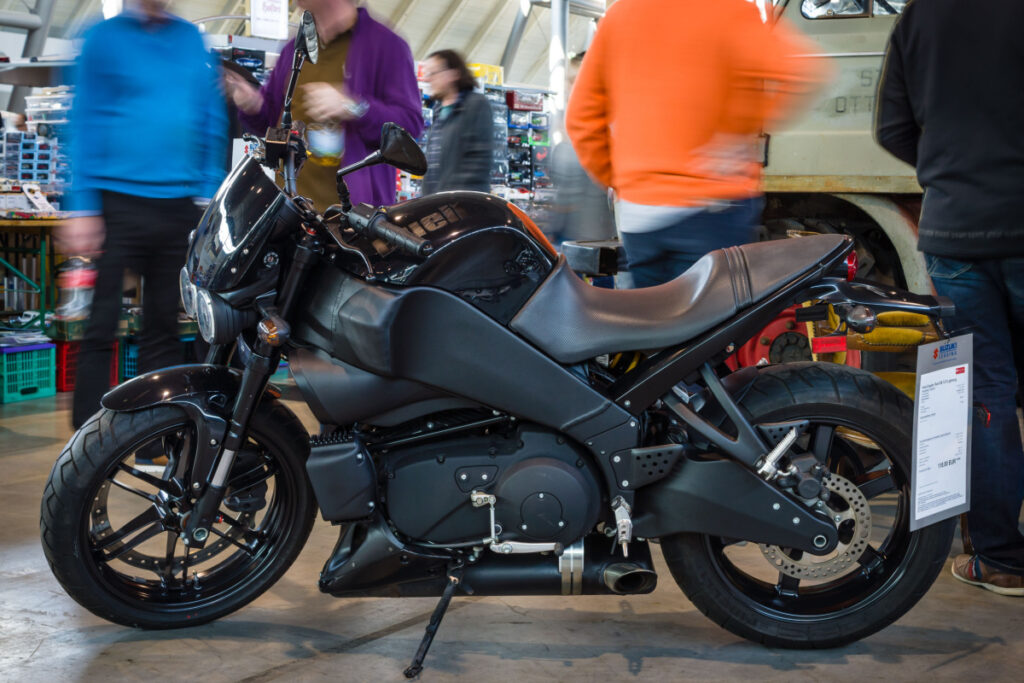
Buell, a Harley-Davidson subsidiary, introduced the Lightning XB12S in 2004, packing a 1203cc V-twin engine into a compact, sporty frame. It was known for its unique design, featuring a fuel-in-frame system and a low center of gravity that made handling agile and responsive. Despite its innovation, Buell faced declining sales and was discontinued in 2009. The Lightning XB12S remains a symbol of unconventional, performance-focused design.
BMW K1200LT
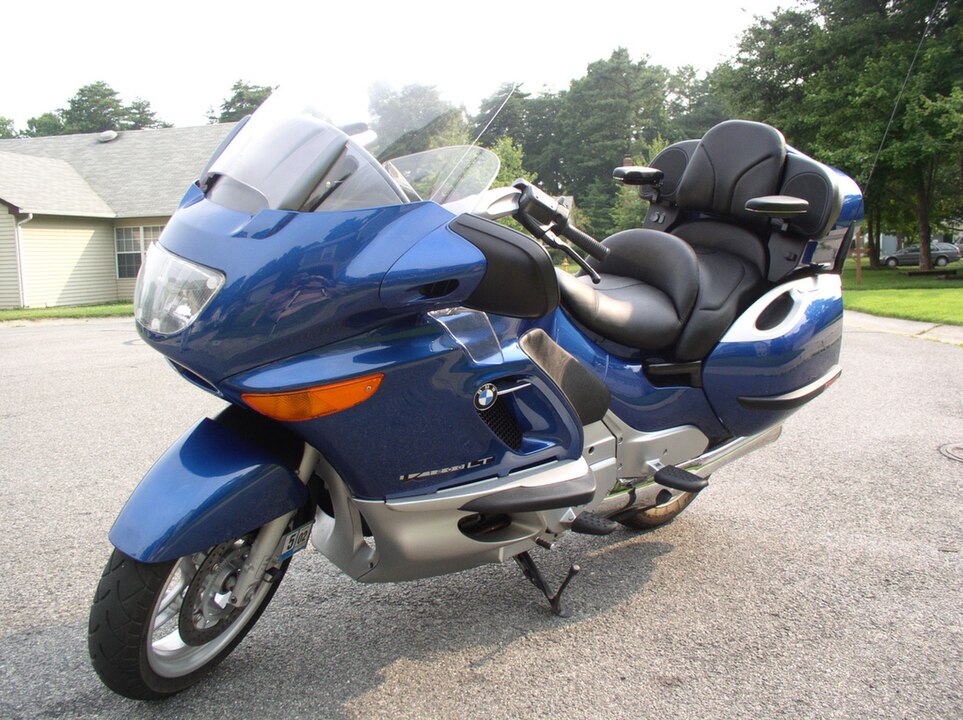
BMW’s K1200LT was a luxury touring motorcycle, introduced in 1999, equipped with a 1171cc inline-four engine and numerous high-tech features like cruise control and heated seats. It was designed for long-distance comfort and came with features ahead of its time. BMW phased it out in 2009, shifting focus toward sportier touring models, but the K1200LT retains a devoted fanbase for its unmatched comfort and technology.
Moto Guzzi V11 Le Mans
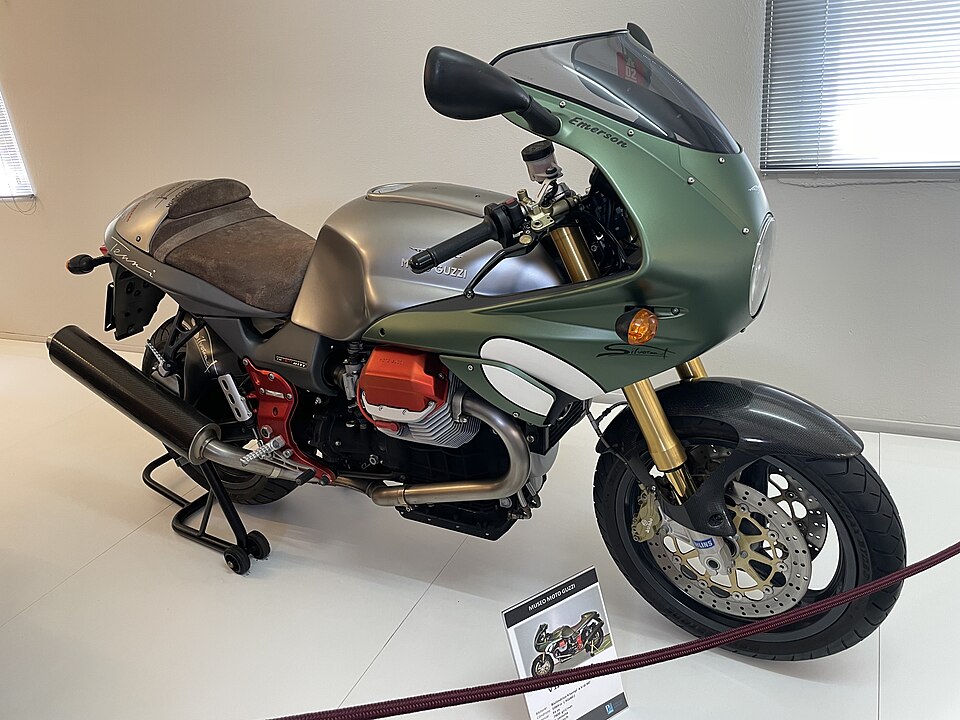
The Moto Guzzi V11 Le Mans was a classic Italian sport-tourer that offered a blend of performance and retro charm. Introduced in 1999, its 1064cc V-twin engine delivered ample power while maintaining the distinctive feel of a Moto Guzzi. The V11 was phased out in 2005, but its unique character, vintage aesthetics, and iconic transverse-mounted engine continue to make it a beloved model among enthusiasts.
Victory Hammer S
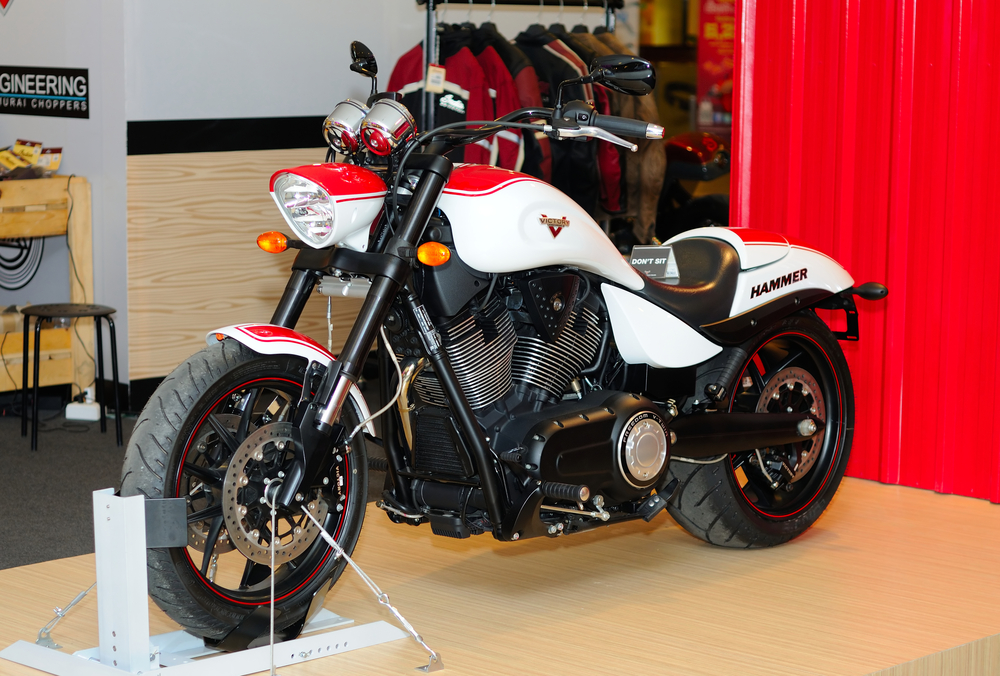
The Victory Hammer S, produced by Polaris-owned Victory Motorcycles, was a muscular cruiser introduced in 2005. Its 1731cc Freedom V-twin engine provided raw power, while its distinctive styling made it stand out in the cruiser market. Victory was discontinued in 2017 as Polaris shifted focus to Indian Motorcycles, leaving behind the Hammer S as one of its most iconic and aggressive models.
Honda CBR600RR (in some markets)
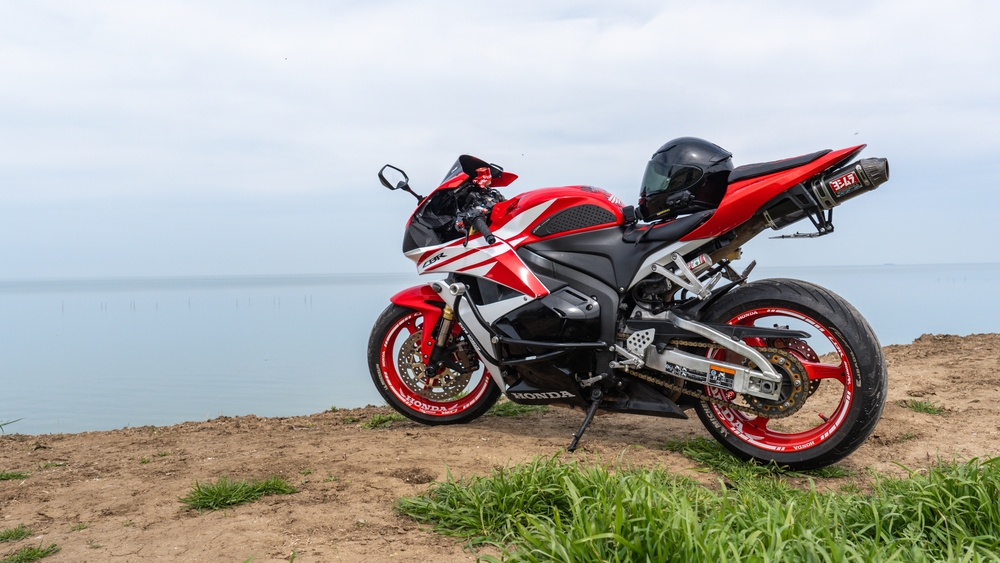
Launched in 2003, the Honda CBR600RR became a benchmark in the supersport class, known for its razor-sharp handling and high-revving 599cc inline-four engine. However, stricter emissions regulations led to the bike being discontinued in Europe in 2021. Though still available in some markets, its phase-out marked the end of an era for one of Honda’s most revered middleweight sportbikes.
Norton Commando 961
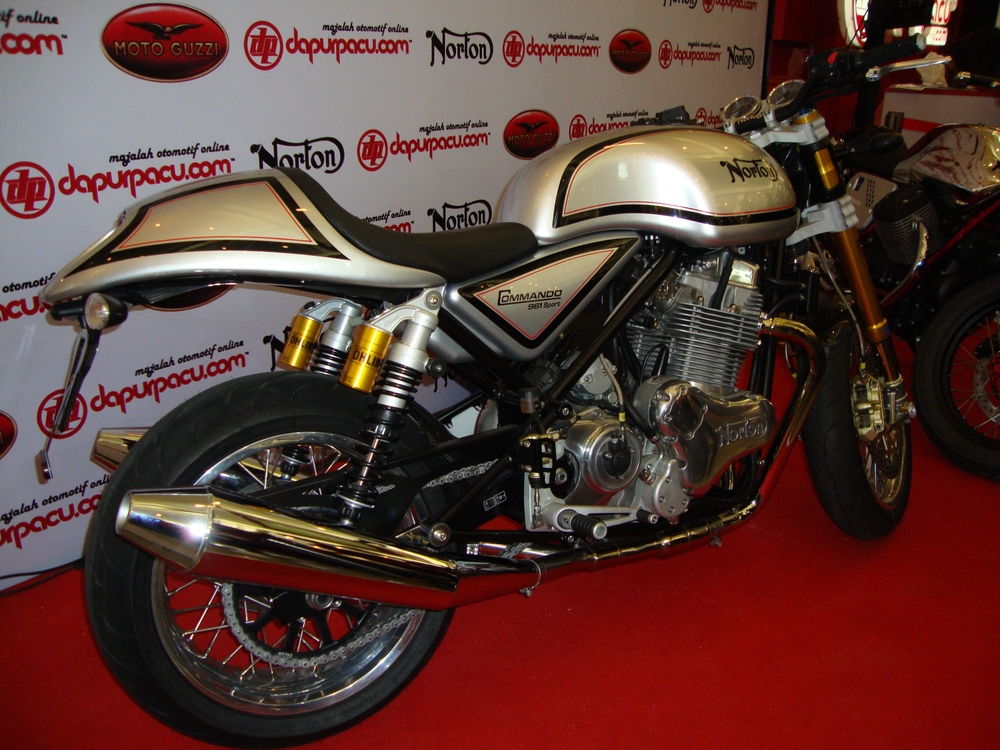
The Norton Commando 961 was a modern revival of the legendary Norton Commando, which originally launched in the 1960s. Featuring a 961cc parallel-twin engine, it combined classic British styling with modern technology. However, Norton’s financial struggles led to its discontinuation in 2020. Despite its short-lived comeback, the Commando 961 is remembered for embodying the spirit of a British motorcycle icon.
Yamaha FJR1300
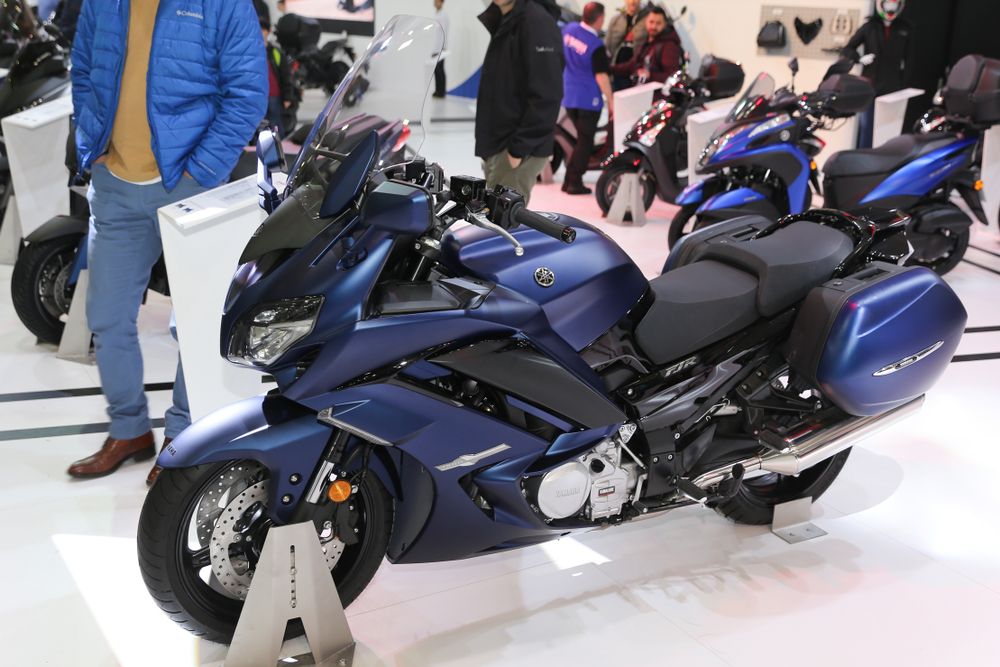
The Yamaha FJR1300, first introduced in 2001, was a sport-touring bike known for its powerful 1298cc inline-four engine and comfortable long-distance capabilities. Its balance of performance and touring luxury made it a favorite among adventure riders. However, in 2022, Yamaha announced the end of production due to shifting market trends, leaving the FJR1300 as a high point in the world of sport-touring motorcycles.
Suzuki Hayabusa (temporarily discontinued before the re-release)
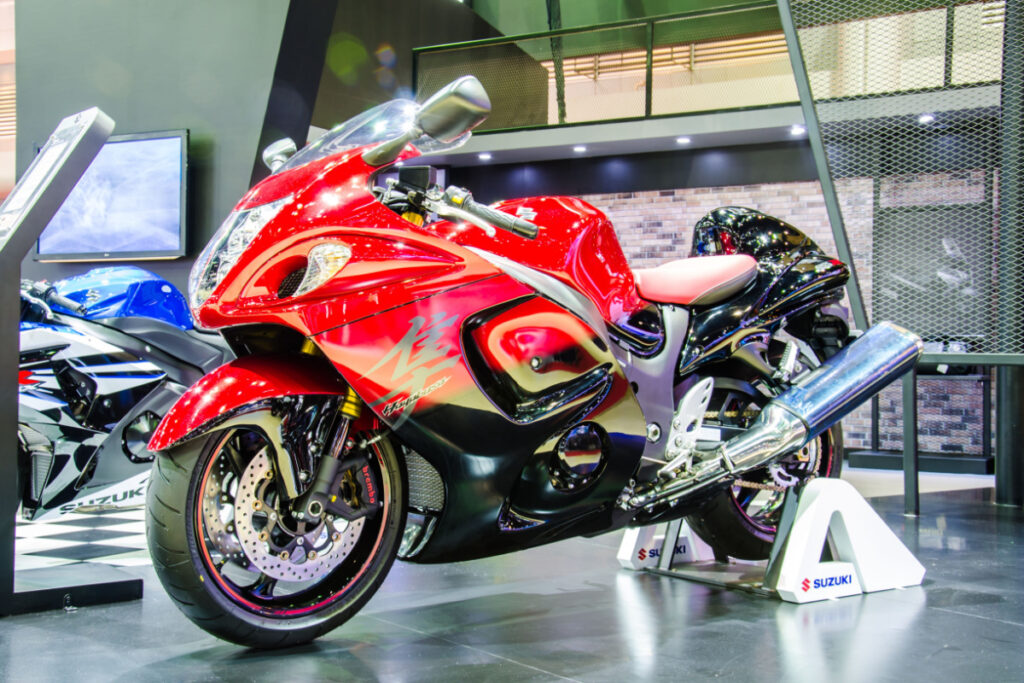
The Suzuki Hayabusa, introduced in 1999, quickly gained fame as the world’s fastest production motorcycle, with its 1340cc engine capable of reaching top speeds of nearly 200 mph. While temporarily discontinued in 2018 due to emissions regulations, it was reintroduced in 2021 with updates. The Hayabusa remains a legend in speed, aerodynamics, and sportbike culture.
Kawasaki ZXR 750
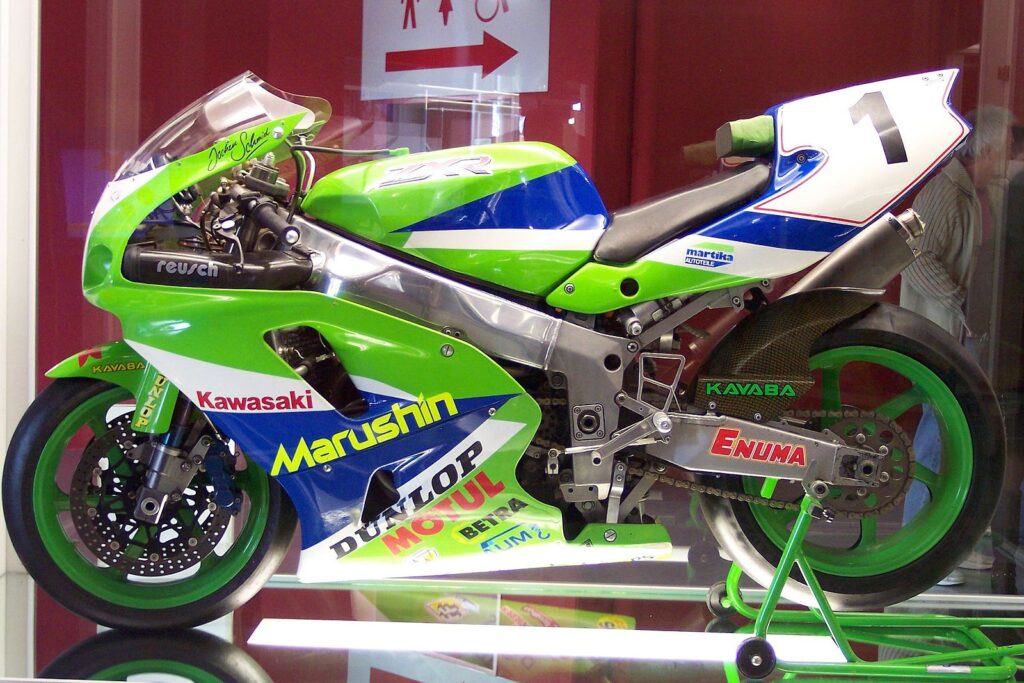
The Kawasaki ZXR 750 was a dominating presence in the World Superbike Championship during the late 1980s and early 1990s. Powered by a 749cc inline-four engine, it offered superior handling and power. Discontinued in 1995, the ZXR 750 is remembered for setting the standard for Kawasaki’s racing heritage, influencing generations of sportbikes that followed.
BSA Gold Star
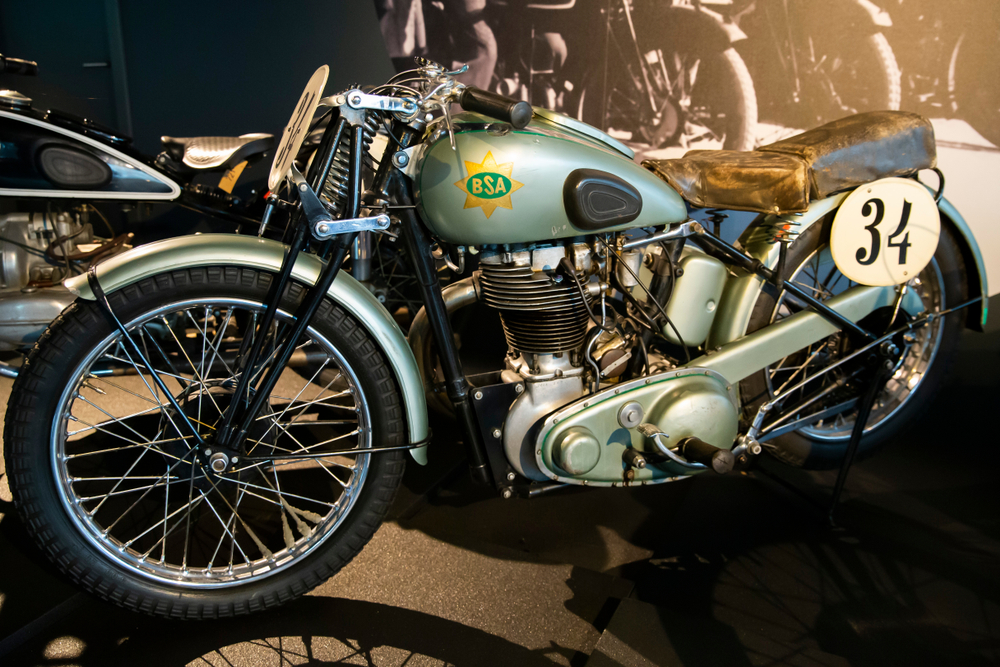
The BSA Gold Star, produced from 1938 to 1963, was a legendary British motorcycle known for its performance in racing and trials events. Its 500cc single-cylinder engine and lightweight design made it a winner on the track and the road. Phased out during the decline of British motorcycle manufacturing, the Gold Star remains one of the most sought-after classic motorcycles for collectors.
Harley-Davidson V-Rod
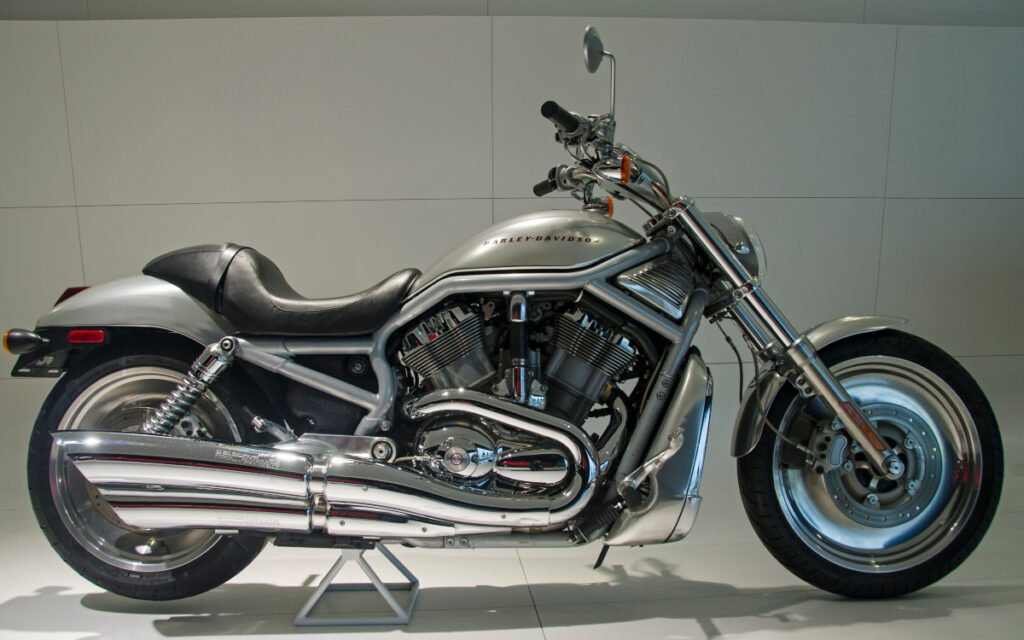
Harley-Davidson’s V-Rod, introduced in 2001, was a radical departure from the company’s traditional cruiser design. Powered by a liquid-cooled, 1130cc Revolution V-twin engine developed in partnership with Porsche, the V-Rod offered sporty performance and sleek styling. Despite its fanbase, it was discontinued in 2017 as Harley-Davidson refocused on traditional models. The V-Rod remains a symbol of Harley’s bold attempt to appeal to sportier riders.
Indian Chief (Pre-Polaris Era)
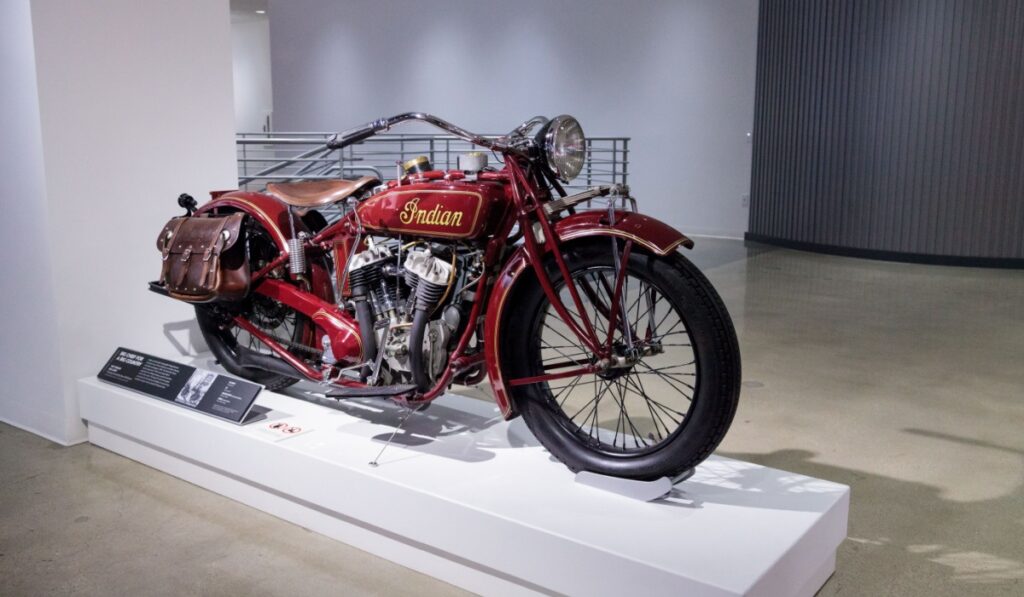
The Indian Chief was a legendary American motorcycle produced by the original Indian Motorcycle Company before it went defunct in 1953. Known for its large displacement engines and iconic fenders, the Chief was a symbol of Americana. When Polaris Industries revived the Indian brand in 2011, they introduced new Chief models, but the pre-Polaris era Chief remains a timeless piece of American motorcycling history.
Aprilia RS 250
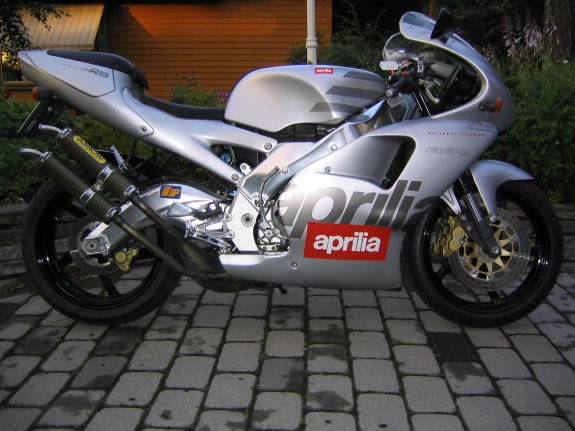
The Aprilia RS 250, introduced in 1995, was a two-stroke sportbike beloved for its high-revving 249cc engine and razor-sharp handling. It was a favorite among track enthusiasts and is remembered for its agile performance. Discontinued due to stricter emissions regulations, the RS 250 remains one of the last great two-stroke motorcycles, a relic of a bygone era of lightweight performance.
Suzuki SV650S
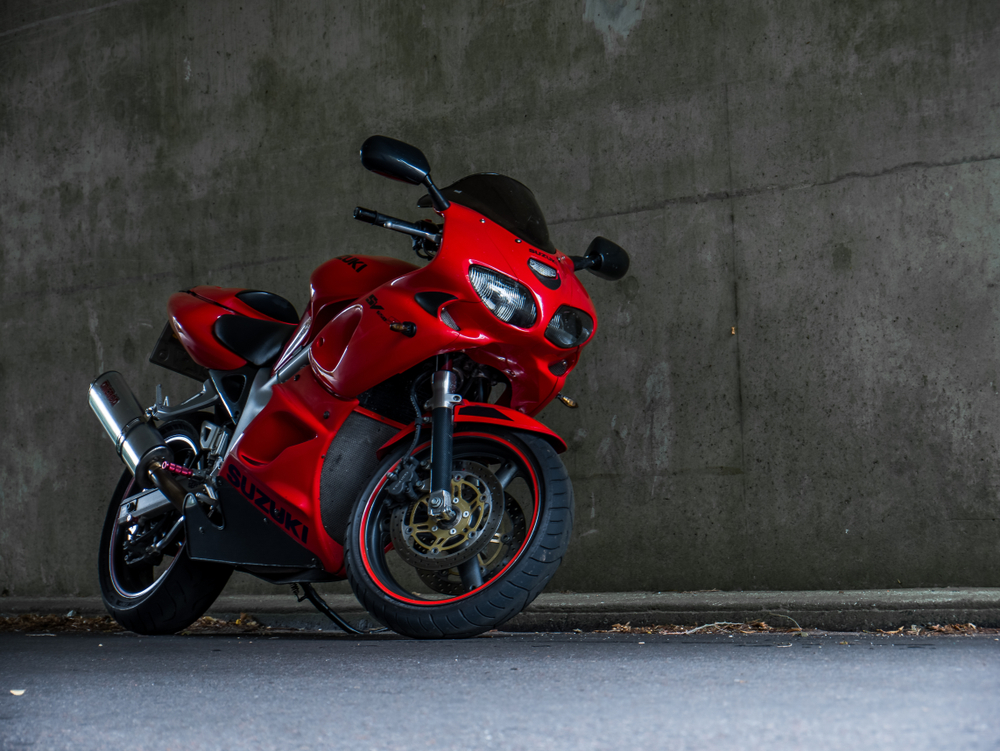
The Suzuki SV650S was the sportier sibling of the beloved SV650, featuring a half-fairing design and a 645cc V-twin engine. It gained a reputation as a versatile, rider-friendly sportbike with a perfect balance of power and agility. Although the standard SV650 lives on, the SV650S was discontinued in favor of more aggressive sport models, but it remains a fan favorite for its affordability and performance.
Triumph Speed Four
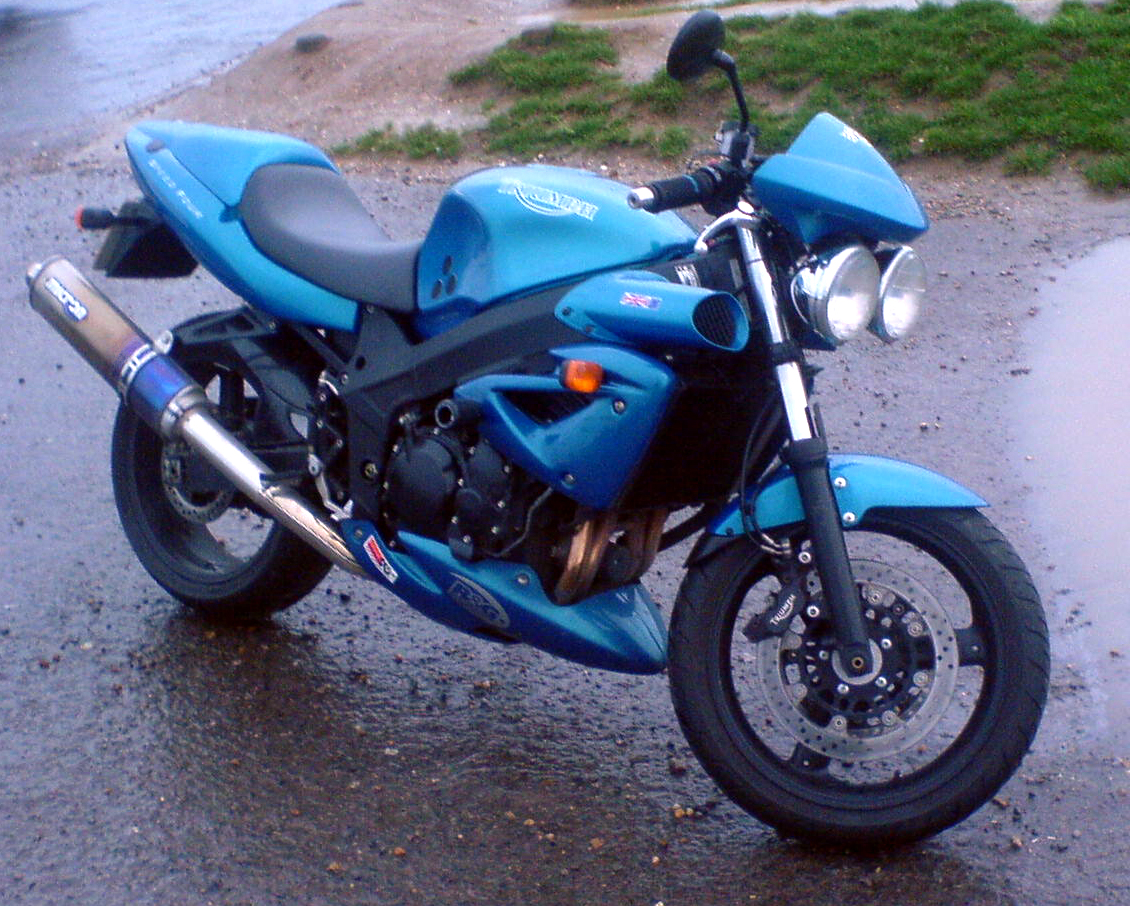
The Triumph Speed Four, produced from 2002 to 2006, was a naked sportbike that featured a 599cc inline-four engine. It offered aggressive styling and a sporty riding experience. Despite its loyal following, it struggled to compete with other middleweight naked bikes, leading to its discontinuation. However, its distinct character and performance make it a memorable part of Triumph’s lineup.
Ducati 999
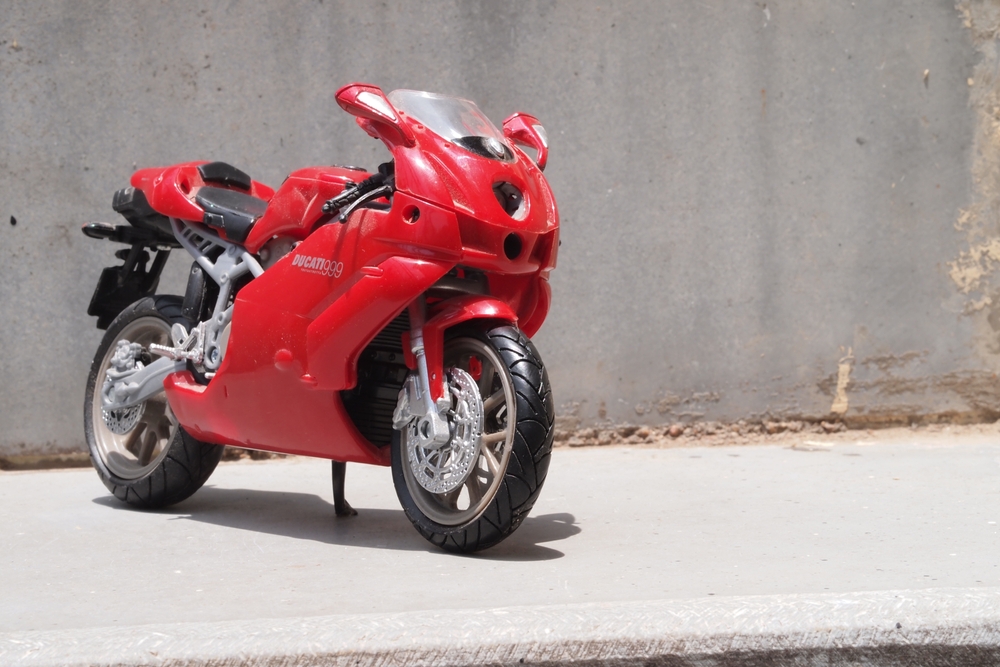
The Ducati 999, produced between 2003 and 2006, was a highly controversial model due to its departure from the beloved 916’s styling. However, its performance was undeniable, with a 998cc V-twin engine that dominated in World Superbike racing. Despite its racing success, the 999 was replaced by the 1098, and it remains a divisive but important chapter in Ducati’s history.
Kawasaki GPZ900R (Ninja 900)
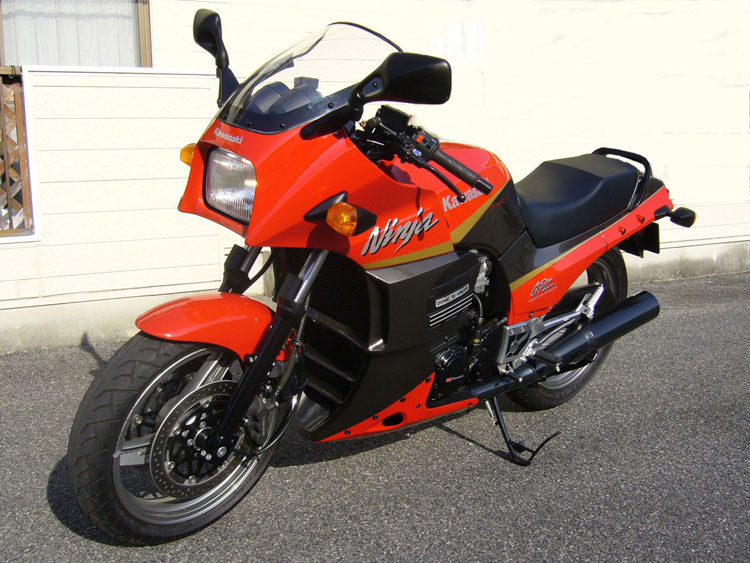
The Kawasaki GPZ900R, also known as the Ninja 900, was a groundbreaking model released in 1984. It was the first motorcycle to carry the now-iconic “Ninja” name and was celebrated for its 908cc inline-four engine that could exceed 150 mph. It became a pop culture icon after appearing in the movie Top Gun. Discontinued in 2003, the GPZ900R is considered one of Kawasaki’s most influential bikes.
Honda VFR800 Interceptor
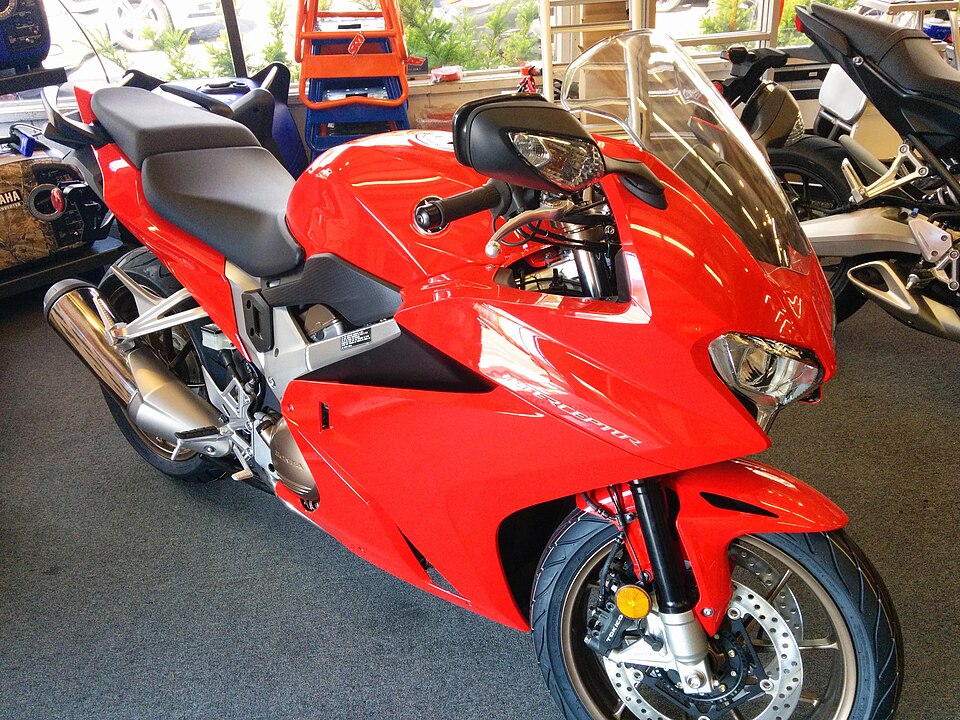
The Honda VFR800 Interceptor was a versatile sport-touring motorcycle that debuted in 1998, powered by a 782cc V4 engine with Honda’s VTEC technology. Known for its smooth power delivery and reliable handling, the VFR800 became a favorite for long-distance riders. Phased out due to changing market demands and competition, the Interceptor remains a celebrated model in Honda’s history.
This article originally appeared in MyCarMakesNoise.
More from MyCarMakesNoise
18 RV Innovations That Transformed Road Travel Comfort

RV travel has come a long way in terms of comfort and convenience, thanks to a range of innovative features that make life on the road easier. From advanced power systems to smart technology, these innovations enhance the overall experience, whether you’re camping off-grid or driving cross-country. Read More
15 Vehicle Tech Concepts That Promise Much but Deliver Little

Not every idea that sounds innovative turns out to be practical. In the automotive world, many technologies and features promise convenience, safety, or efficiency but fall short when put to the test. Read More
14 RV Models That Defined the Golden Age of Road Trips
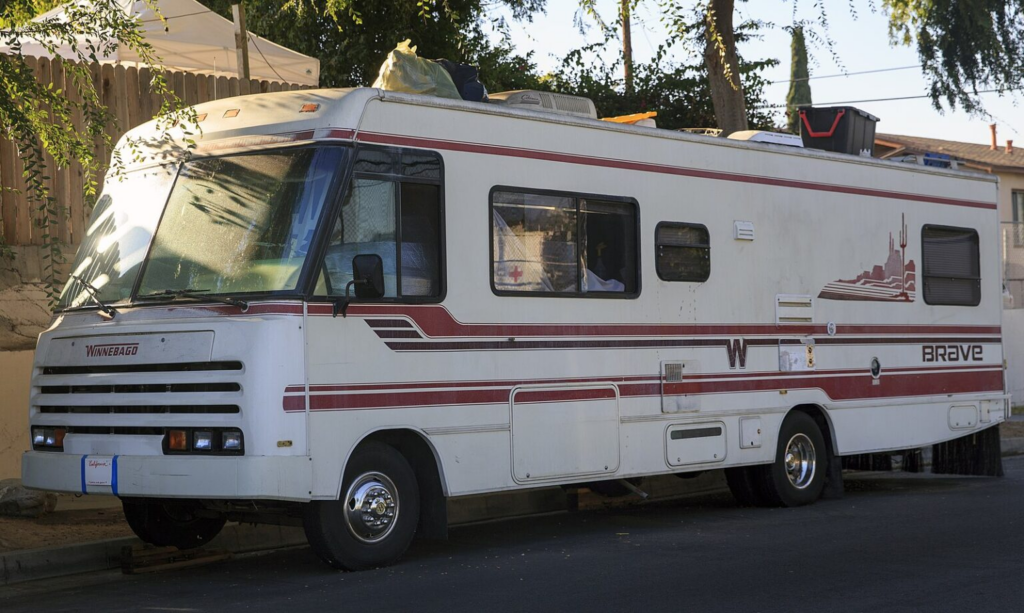
The golden age of road trips brought with it a wave of iconic RVs that made travel more comfortable, adventurous, and accessible. These RV models, each with their unique features, helped define a generation of cross-country explorers, offering both style and practicality. Read More


